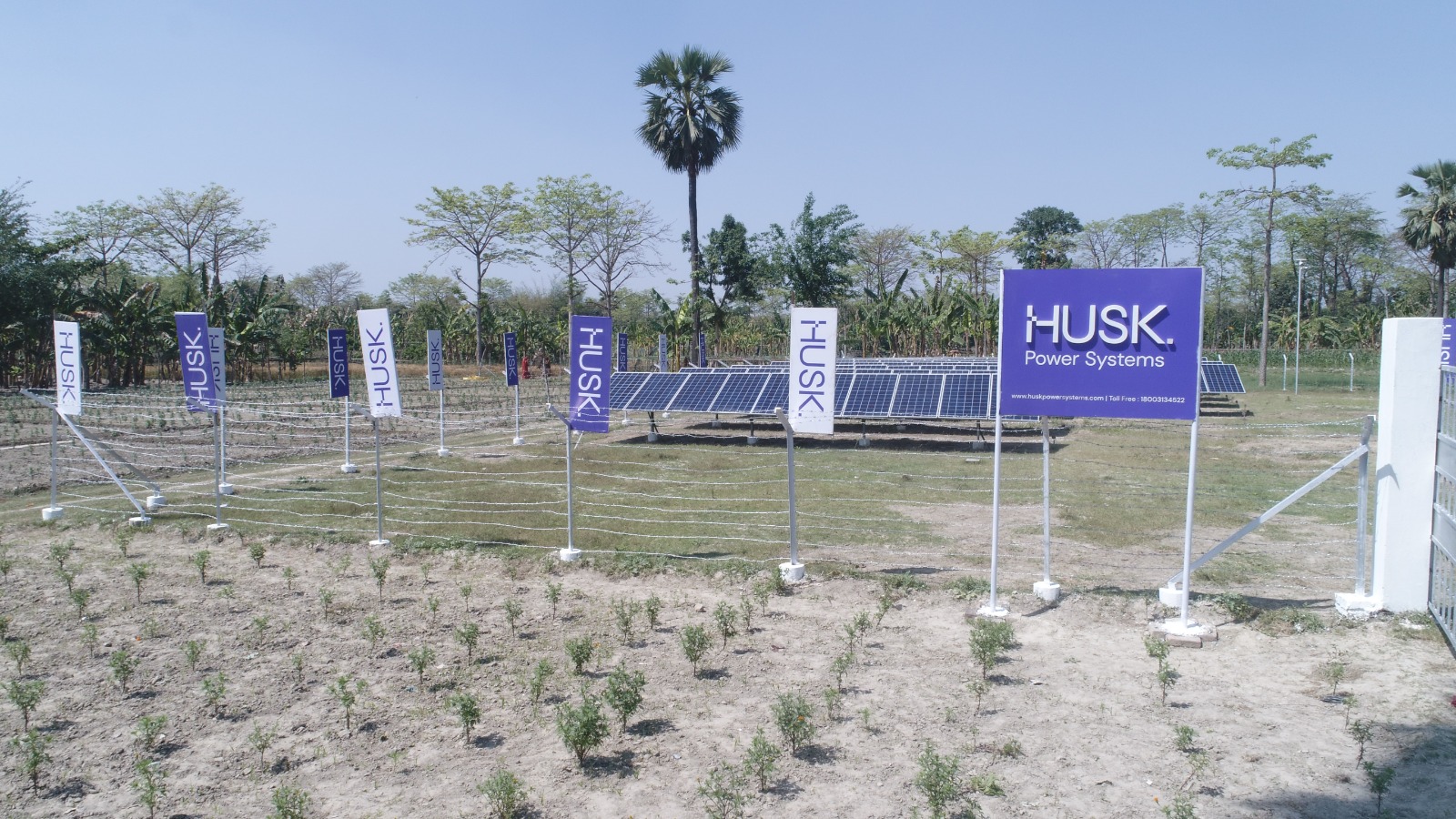
(Photo: iStock)
Data centers consume huge amounts of electricity for computing, making it challenging to achieve carbon reduction goals. However, there are also many successful cases of AI-enabled carbon reduction and energy transition.
According to Precedence Research, the market size of AI applications in the renewable energy sector is expected to approach USD 11.5 billion by 2032, attracting significant investment.
AI reduces its own emissions while boosting renewable energy demand
Data centers will lead to a 6% increase in global electricity consumption, much higher than the current estimate of 2%, said Bill Gates in a recent interview with Bloomberg TV, adding that AI will improve the energy efficiency of data centers, as the tech industry will be willing to pay more for green electricity, contributing to the development of green technologies.
According to a report by Precedence Research in October 2023, the global AI in renewable energy market reached USD 10 billion in 2022, focusing on increasing power generation; regionally, the Asia-Pacific region holds the highest share, as surging electricity demand is driving the growth of AI applications in renewable energy.
The report also indicates that heavy investments by governments and the private sector in energy transition and digitization will drive the AI in renewable energy market to USD 114.87 billion by 2032, with a CAGR of 27.7%, led by the Asia-Pacific region.
(Photo: Precedence Research)
A feature article in the December 2023 issue of Ethical Corporation, a magazine published by Reuters, discusses the relationship between AI and sustainability. RECCESSARY highlights three high-performing industries mentioned in the article to illustrate how AI assists in corporate green transitions.
Energy industry harnesses AI for enhanced power supply management, operational efficiency
As the intermittency of renewable energy causes significant fluctuations in power supply, AI plays a crucial role in forecasting supply and demand as well as in power dispatch, said Sherif El-Mashad, head of digital at ABB, a Swiss automation company.
For example, India's mini-grid company Husk Power Systems (HPS) uses AI to forecast electricity supply and demand, minimizing transmission costs at any time through AI algorithms, thereby reducing standby diesel use by 25% and increasing the utilization of assets such as solar equipment by 10%.
In HPS's African solar power project for 7.7 million people within 5 years, CEO Manoj Sinha estimates that the adoption of AI will cut the workforce from 3,500 to under 1,000, reducing personnel costs by 70%.
AI can also assist in maintaining wind power equipment. Israeli company Odysight.ai has developed a technology embedding optical sensors in crucial components and using AI image analytics to enable predictive maintenance in challenging environments, without needing the entire team to replace parts.

India's mini-grid company HPS plans to supply solar power to 7.7 million people in Africa within 5 years using AI technology. (Photo: HPS)
Cement industry utilizes AI to expedite low-carbon material development, optimize plant operations
The cement, energy, and plastics industries are seen as the hardest-to-abate sectors. Carbon Re, a software company spun off from Cambridge University and University College London, estimates that AI integration into existing plants and workflows can reduce fuel-related carbon emissions by 20%, saving USD 3 to 10 million annually.
Cement plants operate 24/7, with daily production and quality varying significantly by up to 15%, but AI can help maintain optimal output, said Carbon Re's CTO Aidan O'Sullivan.
Moreover, AI is expected to accelerate the development of low-carbon materials. Typically, developing new materials takes 20 years and GBP 500 million. With AI simulations, this process can be dramatically shortened. Although there is no concrete data yet, AI can save a lot of money and time by handling much of the testing and learning, said David Gunn, a senior scientific engineer at the British tech company Materials Nexus.
The cement industry was a late adopter of AI due to the lack of custom applications for plant operators. However, with the development of Deep Reinforcement Learning (DRL), computers can now simulate furnaces, learn how the plant operates, and provide solutions to maximize efficiency. This allows operators to adapt more quickly to the constantly changing plant environment.
Transportation industry adopts AI to save cargo space, fuel consumption
According to the International Energy Agency (IEA), most transportation tools are still powered by fossil fuels, contributing over one-third of carbon emissions in energy end-use sectors (transportation, industry, commerce, and residential), underscoring the need for carbon reduction in logistics.
DHL also uses AI to pack containers efficiently, freeing up to 50% of cargo space and reducing truckloads and their emissions.
Route planning is also crucial for the logistics industry. A report by the World Economic Forum (WEF) indicates that about 15% of freight miles are traveled without goods. To make each trip more efficient, Bulgarian software company Transmetrics improves data quality for better route predictions, claiming a fuel saving of one liter per 100 kilometers driven.
Maritime shipping faces uncertainties, especially significant fuel costs related to vessel speed and routes. Greek AI startup DeepSea's maritime software solution claims a 10% fuel consumption reduction, used by hundreds of vessels, including Norway's Wallenius Wilhelmsen, a pioneer in fully AI-optimized shipping.
Despite increasing demand for electricity, AI's ongoing development, particularly in generative AI, should not be ignored. Renewable energy is the first industry to benefit from AI, and there are many more to follow.
Source: Reuters, Precedence Research, Bloomberg, IEA, Wallenius Wilhelmsen
